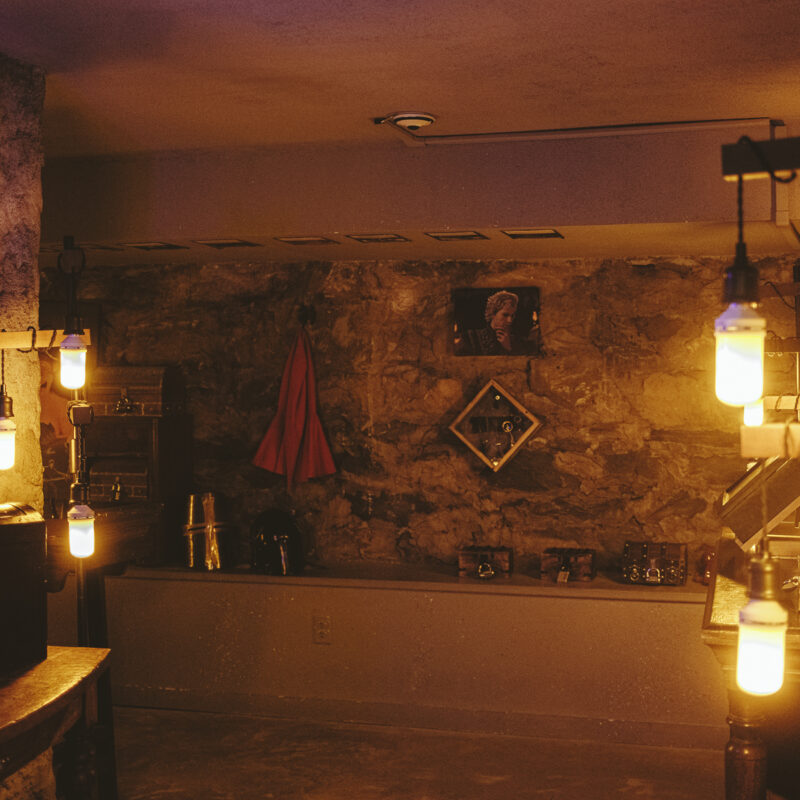“I have nothing to declare except my genius.” Oscar Wilde can get away with such a quip, but for yours truly, when it came time to talk to the nice man at the customs desk, I had to declare that I had “a couple” of bottles of Margaret River wine in my groaning suitcase. A couple, as in a half-dozen, but hey, close enough.
I spent a few days last month in the main winemaking region of Western Australia, Margaret River (a vibrant tourist destination thanks to viticulture and exceptional surf breaks in the Indian Ocean), tasting a lot of its trademark Cab Sauvignon and Shiraz and Semillon-Sauvignon Blanc blends. We got our palates on some more unexpected stuff, too.
|
Internationally, Western Australia may not be as well known awinemaking region as its South Australia sister, but its annual grape production exceeds 100,000 tons. |
Margaret River, about 280 kilometers south of Perth, offers interesting comparison points for followers of Virginia wine. The WA industry is about 40 years old and plays second banana in many countrymen’s judgment to the older and dominant South Australia region, home to Clare Valley and Barossa Valley. But, though Margaret River yields a surfeit of perfectly good same-like wines—especially of the high-alcohol, highly extracted variety—there are some real gems that reward careful attention.
The no-nonsense operations at Moss Wood don’t scream “Tourist destination,” but the wines say, “Savor us.” My touring companion, who happened to be my dad, arranged a private tasting, since Moss Wood, the second-oldest winery in Margaret River, is among the few wineries there that doesn’t run a robust cellar door business. Young Alex Coultas, an assistant winemaker who let it be known that he does his share of surfing, was an able guide, answering even the nerdiest questions about netting plants against avian attack and training vines in the so-called Scott Henry technique. Meanwhile, Dad was giving the very plummy 2007 Merlot a hearty thumbs-up. Dad does not hesitate to announce that he likes a wine “you can stand a spoon up in.” The Moss Wood reds definitely met his standard.
I prefer something a bit less demonstrative, and I found a spiritual home at Howard Park. Now 23 years old, Howard Park bears all the signs of the financial booster shot that owner Jeff Burch gave it 15 years ago. The tasting room, sanctuary-calm and tastefully appointed in slate and dark wood, beckons a couple hours’ respite tasting wines from the business’ several labels. Margaret River’s gravelly loam and warm climate support but a handful of grape varieties well, so Burch took his romantic quest for a gorgeous Pinot Noir further south, where the cooler temperatures better suit the delicate grape. He teamed with Burgundian winemaker Pascal Marchand, and between them they have created a limited edition Pinot Noir that I can best describe as elegant and philosophical. At about 13 percent alcohol (compared to typical Australian Cab Sauvs and Shirazes that tip the scales at nearly 15 percent alcohol), it is relatively quiet, too. Burch also uses his vineyards further south to produce a tender Riesling. I’ll be drinking these in a few years on special occasions, now that I’ve cleared customs!
Like our host at Howard Park and several of the winemakers and cellar workers we encountered, many people in Margaret River get into their career through the intensive viticulture and enology programs at Curtin University. Sound familiar? In another decade Central Virginia could have scores of PVCC- and Virginia Tech-trained wine professionals running around its wineries. At least, that’s what I imagined by the time I was swirling my 90th glass of wine in Oz.
Another outstanding winery experience was ours at Vasse Felix, the granddaddy of them all, first planted by the famed Dr. Tom Cullity in 1967. Fun times were had watching the bottling line and the screw cap automation at what is also one of Margaret River’s largest producers and exporters (China and the South Pacific are fat markets for all Aussie wines, as are England and the U.S.). But the best times were had in the tasting room (hello, 2005 Heytesbury Cab. Nice structure!) and at the posh restaurant upstairs, where Dad’s order of potato-leek soup revealed new meaning in the notion “prepared tableside.” Indeed, gorgeous restaurants and tycoon-worthy service and dining are a central aspect of the Margaret River experience, and in that it’s closer to Napa than to Central Virginia.
Other noteworthy wineries we visited include the completely biodynamic Cullen (which, like a lot of places we stopped at has a woman in charge of the winemaking operations—something that’s still anomalous though changing here) and Happs and Three Hills, which fascinated with its Petit Verdot, a bottle of which now sits on a shelf in my house awaiting age and a comparison with a more local version of same. We also tasted a lot of great stuff at Cape Mentelle, another of the originals, which I relieved of a couple bottles of its curious Botrytis Viognier dessert wine.
Most Margaret River wineries have U.S. distributors, though it takes some digging to locate their presence in Virginia. Still, it’s worth the effort if you don’t plan to cross the International Date Line anytime soon. Good on ya, mates!






